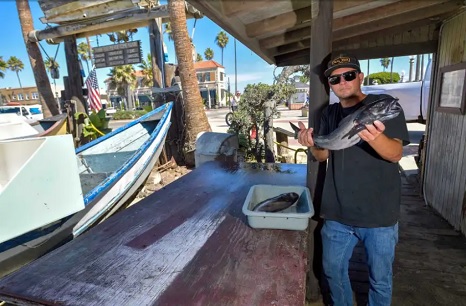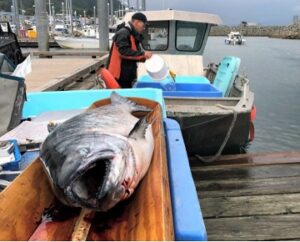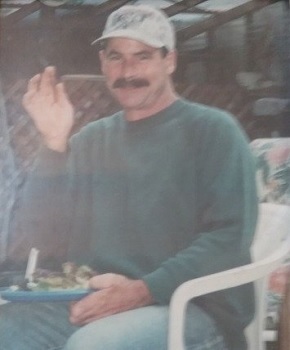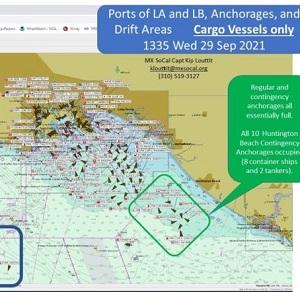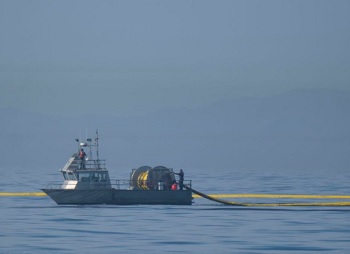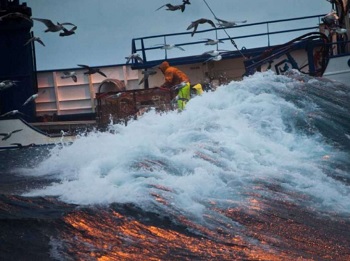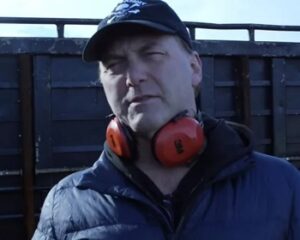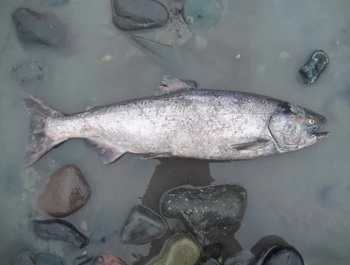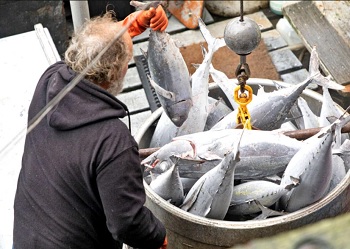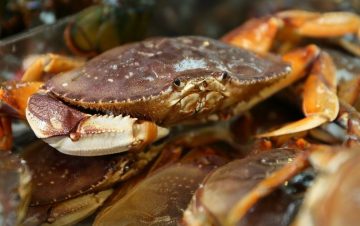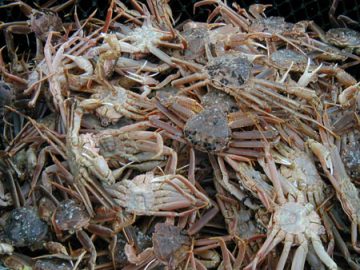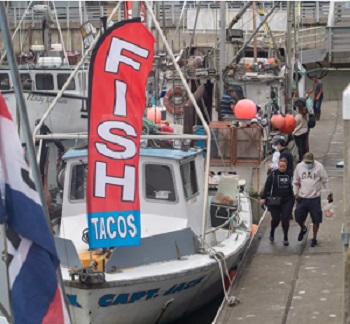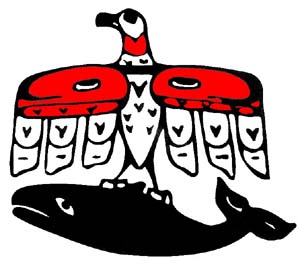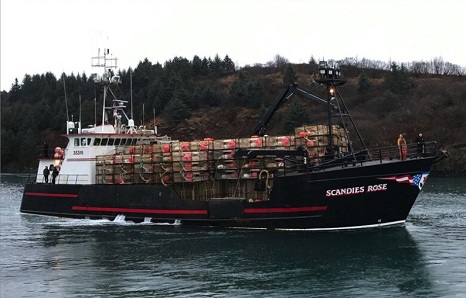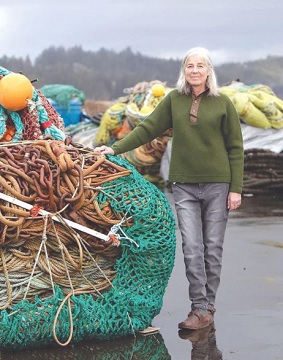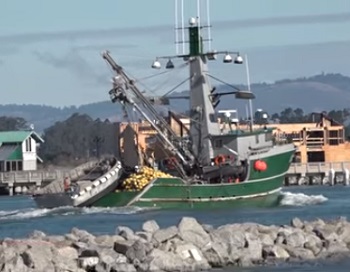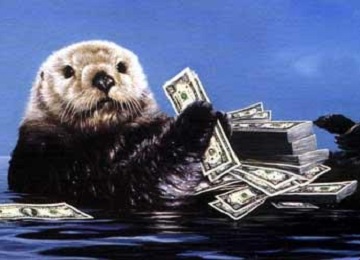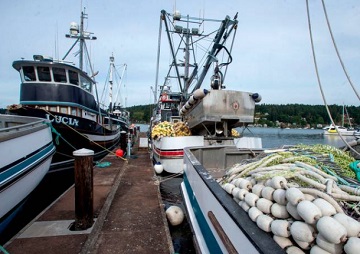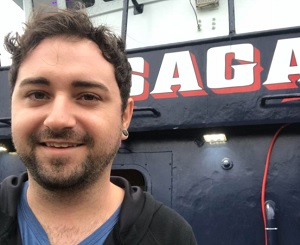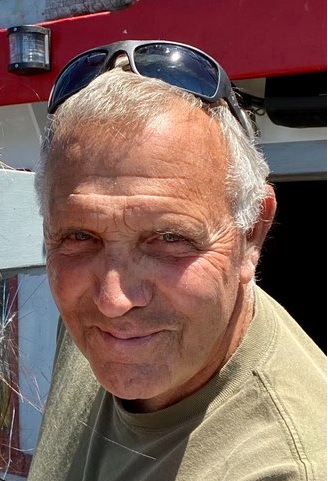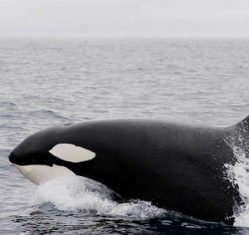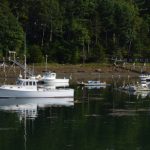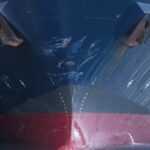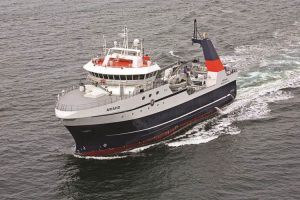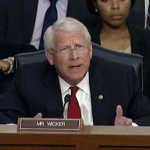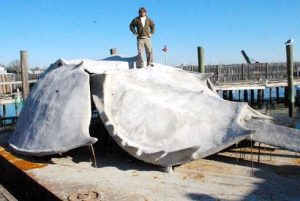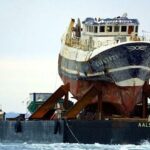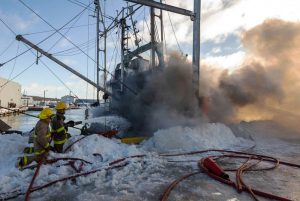When storms in the Bering Sea bruise and batter the crab fishing boats from the popular Discovery series, “Deadliest Catch,” it’s Ironwood Ridge High School grad Nico Natale who makes sure the footage is broadcast ready. Natale has been on the production crew of the series since 2011. Today, he is an editor on the show, which celebrated its 17th season earlier this year. His work turning weather worn crews on boats with monikers like the Cornelia Marie and Northwestern into household names for viewers around the world has not gone unnoticed. On Sunday, Sept. 19, Natale and members of the team with which he edits are up for Primetime Emmy Awards in the category, “outstanding picture editing for an unstructured reality program.” >click to read< 09:53
A federal judge has moved the Makah Tribe a big step forward in its 16-year-quest to resume hunting gray whales. U.S. Coast Guard administrative law judge George Jordan largely rejected animal welfare groups’ complaints that the hunt sought by the Makahs would endanger the whales of the eastern North Pacific. He recommended that the Makah Tribe be allowed to conduct a hunt largely as the National Oceanic Atmospheric Administration has proposed, though he proposed new restrictions on hunting in the winter and spring to protect a small subpopulation of whales that occasionally wander from the Asian side of the Pacific Ocean into waters off Washington state. >click to read< 10:36







